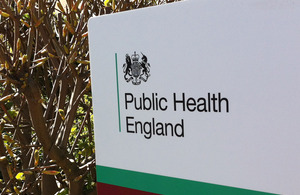Almost half of people who inject drugs unaware they have hep C
PHE figures show that while 48% of injecting drug users were unaware of having hepatitis C, rates of HIV among this group remain low at 1%.

Latest figures from Public Health England (PHE) show that almost half of injecting drug users (48%) were unaware of having hepatitis C although rates of HIV among this group remain low (1%).
The Shooting Up report highlights the changing patterns of injecting drug use and the impact local interventions are having on rates of infection in the UK.
Risky injecting behaviour, such as sharing needles, among vulnerable drug users puts them at an increased risk of getting HIV, hepatitis C, B and other infections. However, sharing and reusing needles and syringes in England has fallen from 28% in 2004 to 16% in 2014.
Encouragingly, HIV infection among this group remains low and early diagnosis is good, compared to many other countries, with 1 in 100 having HIV in 2014. These low rates of HIV among this group reflect the extensive provision of needle and syringe programmes, opioid substitution therapy and other drug treatment since the 1980s.
Dr Fortune Ncube, Consultant Epidemiologist and Head of the Blood Borne Virus Section said:
In the UK, we are seeing changing patterns of drug use, increasing the risk of HIV, hepatitis B, C and other infections.
The most effective way to decrease levels of infection among people who inject drugs is through the provision of quality interventions such as needle and syringe programmes, opiate substitution therapy and other drug treatment services. Public Health England continues to work with national and local partners to support the development of these services including improving testing for infections.
While uptake of testing for hepatitis C among injecting drug users is high (83%) about half of these infections are undiagnosed. Regular testing, through engagement with local drug treatment services and primary care, remains crucial to vulnerable drug users’ health.